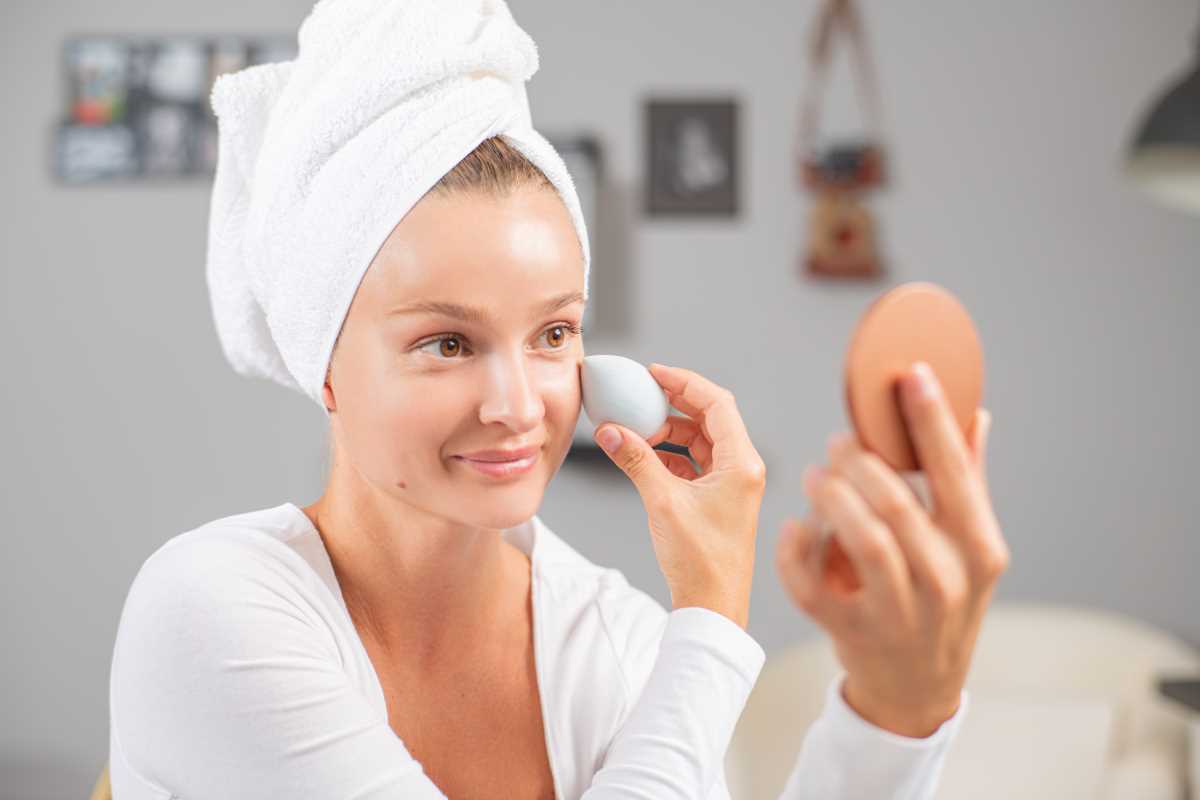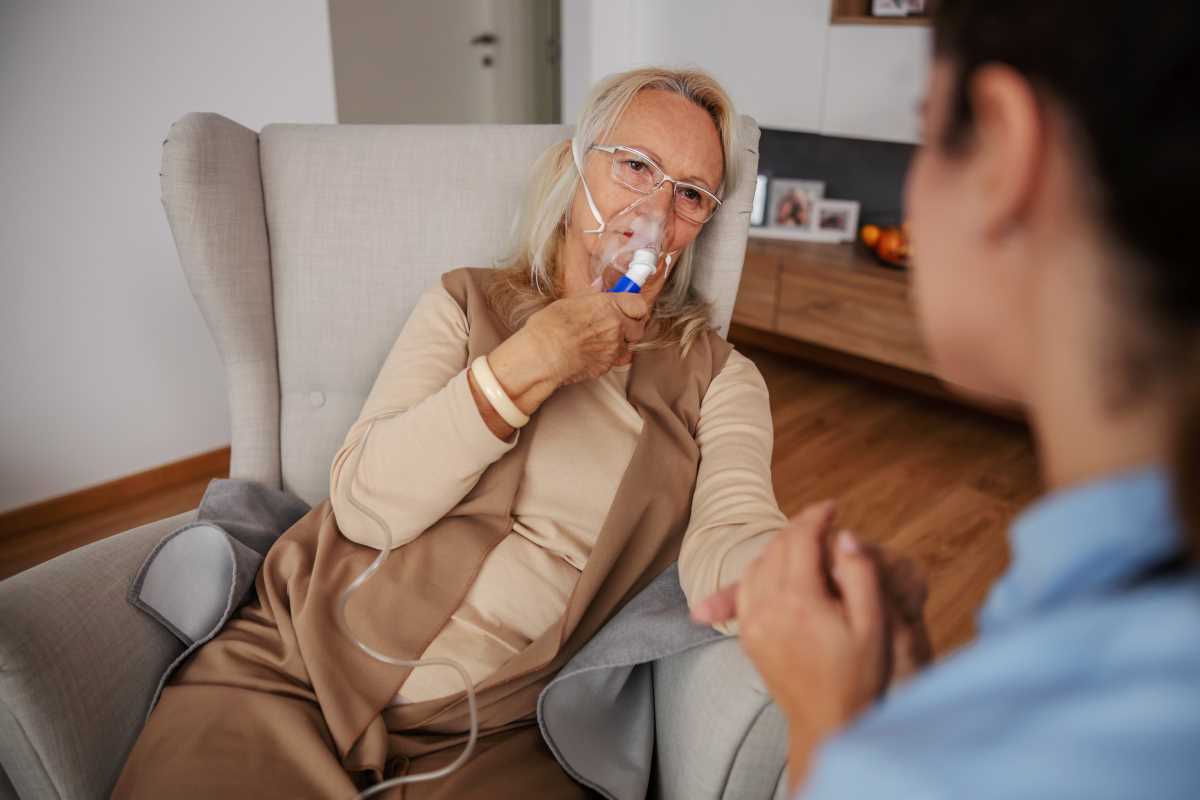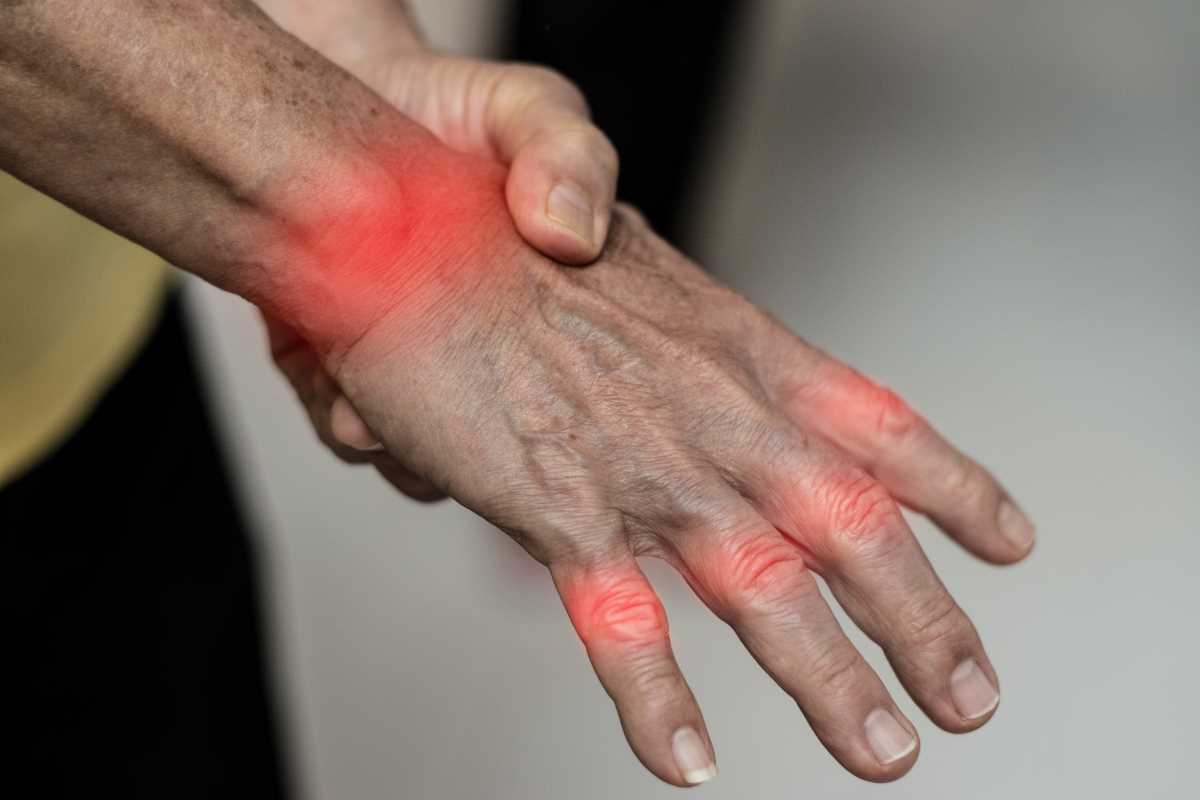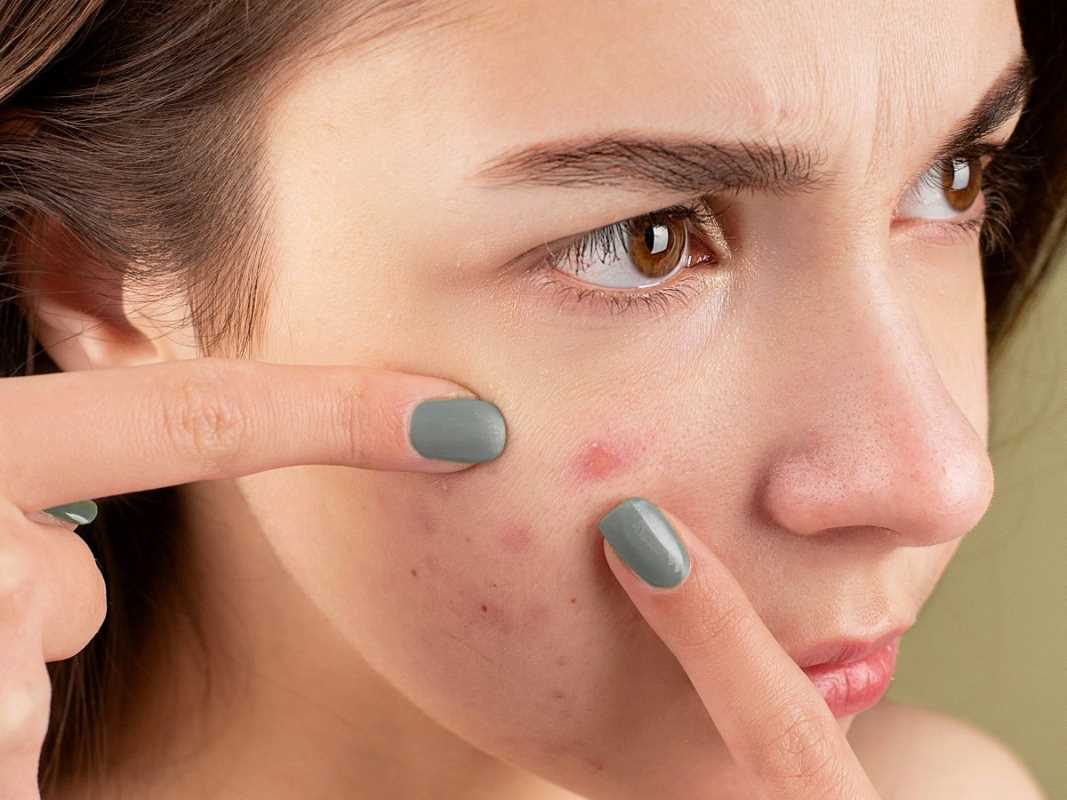Many skin conditions share similar appearances, making it difficult to figure out what your skin is telling you. Learning to spot the subtle differences can help you respond with the right care and avoid unnecessary stress. You will find clear explanations and practical advice that make it easier to recognize when a skin concern is mild and manageable at home, or when you should seek help from a professional. Rather than leaving you guessing, this guide breaks down the signs to watch for so you can care for your skin with more confidence and peace of mind.
It’s common to mix up skin issues because many share symptoms like redness, itching, or dryness. With a bit of careful observation, you can start to see what signs belong to conditions like eczema, psoriasis, or acne. This understanding gives you a clearer picture of what’s happening with your skin.
Common Skin Conditions That Are Often Confused
The skin can react in many different ways, and some issues can look alike. Below are a few common conditions that sometimes cause confusion. Each one has its own set of characteristics that set it apart from the others.
- Eczema – This condition often shows up as dry, itchy patches that might get red or rough, especially in areas like behind the knees or on the elbows.
- Psoriasis – Psoriasis typically presents as red patches with silvery scales and can be found on areas such as the scalp, elbows, or lower back.
- Acne – Acne appears as pimples, blackheads, or whiteheads, commonly on the face, chest, or back, and tends to affect teenagers and young adults.
- Fungal Infections – Fungal issues may appear as ring-like rashes or scaly patches, often seen in moist areas like the feet or groin.
- Contact Dermatitis – This condition arises from contact with irritants or allergens, causing red, inflamed skin that sometimes blisters.
Identifying these conditions is easier when you pay attention to where the rash occurs, how it feels, and what seems to make it better or worse. Understanding what each symptom means is the first step in taking better care of your skin.
Observing your skin closely helps you notice patterns. For example, eczema often flares up in dry weather, while contact dermatitis might appear after you start using a new lotion or come into contact with a new fabric.
Differences in Signs and Symptoms to Watch For
- Location of the Rash: Eczema usually appears on the insides of elbows and knees, while psoriasis might show on the scalp and lower back. Acne generally appears on the face or upper body, and fungal infections often occur in warm, humid areas.
- Appearance of the Skin: Look for scaling or thick patches in psoriasis and note if the skin is red and cracked in eczema. Acne shows pimples or cyst-like bumps, whereas contact dermatitis might present with blisters or red, swollen areas.
- Sensation and Itching: Eczema causes intense itching and a burning feeling. Psoriasis may itch slightly but is mostly noticeable for its flaky texture, and fungal infections can feel itchy and sometimes have a distinct ring pattern.
- Triggers and Patterns: Eczema flare-ups relate to dry weather or stress, while psoriasis might worsen with cold weather or after an illness. Acne can tie to hormonal changes, and contact dermatitis results from an external irritant.
- Duration and Behavior: Fungal infections may start suddenly and persist if untreated, while acne can appear in cycles. Contact dermatitis often shows up shortly after exposure to an irritant and clears when you remove the irritant.
These points serve as an initial checklist. While you might notice many similarities, carefully examining these details might help you identify what you are really dealing with. Watching the pattern and behavior of your skin condition can help you focus your care.
Remember, these guidelines are based on common experiences. Your skin might not show all of these signs, so keep track of anything unusual. Keeping a simple diary of changes and triggers can also help when you look for more advice.
When Self-Care Works: Easy Tips and Home Remedies
If your skin condition looks mild, start with simple home remedies and careful self-care. Keeping your skin clean and using gentle products can make a big difference. For example, use mild soap and lukewarm water instead of hot showers to prevent further drying.
Moisturize regularly to help restore your skin’s barrier. Find creams or lotions with ingredients like ceramides or hyaluronic acid. You might also try a short course of over-the-counter products made for your skin condition. For minor acne, using a gentle cleanser and spot treatments can lower inflammation. If you feel comfortable, trying a cool compress can soothe red, irritated areas no matter the condition.
It also helps to identify triggers such as specific fabrics, detergents, or foods. If you suspect an allergen causes contact dermatitis, try to eliminate that exposure. Simple lifestyle changes like reducing stress through activities you enjoy can also help your skin improve.
Keep your routine practical: not every rash or spot needs advanced treatments. Sometimes, supporting your skin with regular care and over-the-counter solutions can reveal your skin’s natural healing ability. Keep your routine simple and make only gradual changes when necessary.
Signs That Need Professional Help
If your skin condition worsens quickly, spreads to larger areas, or causes significant pain, seek advice from a healthcare professional. These signs suggest that your condition requires more specialized treatment than home remedies provide.
If you notice persistent swelling, bleeding, or pus, or if the skin cracks open in hard-to-heal areas, don’t delay. These warning signs might indicate an infection or a deeper problem that needs professional evaluation. Pay attention to your body, especially if discomfort interferes with your daily life.
If you try self-care methods and see no improvement after a reasonable time, consult a healthcare provider. Professionals have tools and tests to identify what’s really happening. This step is especially important if you have pre-existing conditions that affect your skin’s healing ability.
Trust your instincts. If your condition lasts a long time or worsens, a professional’s help can prevent complications and make you feel more confident in your skin care routine.
Everyday Habits to Prevent Skin Problems
Daily skin care habits like gentle cleansing, moisturizing, and sun protection help prevent irritation and flare-ups. Staying hydrated, eating well, and avoiding harsh products support skin health from within and outside. By paying attention to changes and adjusting routines, you can maintain clear, healthy skin and know when to seek help.
 (Image via
(Image via





